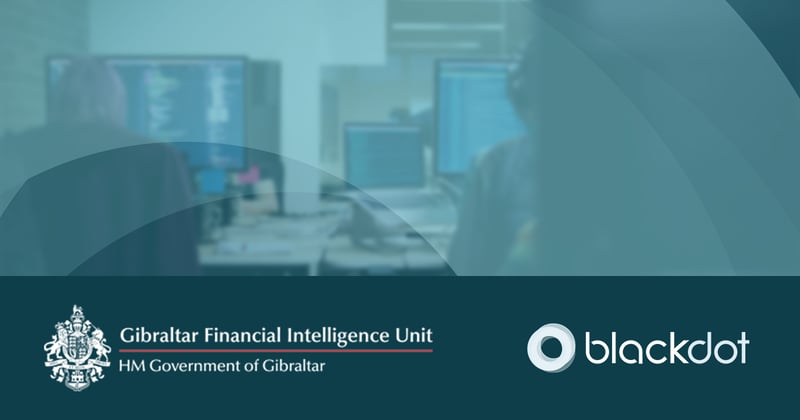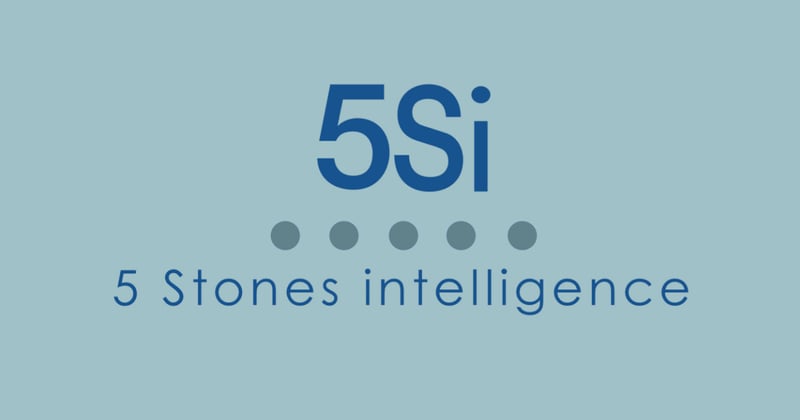Two weeks ago, the Pandora Papers pierced public consciousness. The latest in a series of exposés by the ICIJ (International Consortium of Investigative Journalists) and the result of the combined efforts of 600 journalists, the dataset exposes the offshore dealings of numerous global public figures.
The full implications of the data unearthed through this investigation are not yet known, but the investigation is undoubtedly shocking. Stories of previously unknown connections between offshore entities and political leaders are already flooding the news, presenting a threat of reputational damage to both the individuals themselves, and the institutions that facilitated these relationships.
In many cases, financial institutions will have failed to identify the risks that sit behind this data. Now it is in the public eye, these institutions have a duty to understand their involvement in the Pandora Papers. In this article, we’ll explore how the intelligence revealed by the papers can be used, and what the leak can teach us.
The Pandora Papers as an intelligence source
There are a number of ways in which the Pandora Papers can be exploited as a source of intelligence. The huge amount of new open source data that they have revealed is a mine of information which can be applied to both proactive and reactive anti-financial crime investigations:
- Future KYC/ EDD: When carrying out due diligence on a new client, more information about the ultimate beneficial owner of any connected businesses may now be available, as well as insights about links to PEPs or other high-risk individuals.
- Retrospective analysis: Similarly, new information may help financial institutions to look back at their data and identify areas where they are already exposed to risk they were previously unaware of.
- Long-term strategy: Some of the information that is highlighted in the Pandora Papers will help to inform the way that banks work in the long term. For example, the papers detail the use of South Dakota as an ‘inshore’ secrecy jurisdiction in the US, which should motivate financial institutions to view the presence of these jurisdictions as risk factors in the future.
What can we learn from the Pandora Papers?
The Pandora Papers aren’t just useful in terms of providing additional intelligence to investigators, but also because they provoke discussion around how we can better combat financial crime. Whilst not everyone whose activities are detailed in the papers will be guilty of crime, the use of offshore corporate registration vehicles to obscure identities and flows of funds remains a common tactic for those trying to launder money. More visibility around these vehicles – and the capability to interpret this data – is essential if institutions are to improve AML and AFC outcomes.
FIs must use external data
Many investigations teams in financial institutions currently rely predominantly upon internal and ‘walled garden’ data sets. These predetermined lists of high-risk individuals and organisations can be highly effective for the quick identification of those who are politically exposed or subject to sanctions – for example, during initial compliance checks. However, relying on databases in every case limits access to potentially important insights. Instead, organisations should consider using the full range of data that is available on the internet – an approach known as Open Source Intelligence (OSINT). To put this in context: a well-known provider of compliance data offers a total of 6 petabytes of data[1]. The entire internet is thought to have over 1200 petabytes (as of 2020)[2]. If institutions fail to make use of internet data, they miss out on 99% of possible insights – including those such as are included in the Pandora Papers.

The value of a network-centric approach
The Pandora Papers highlights the interconnected nature of global criminal networks. If financial institutions are to use these leaks to inform their investigations, they need to take a network-centric approach. This means that rather than focusing only on information that is specific to an individual customer or transaction, network-centric investigations look at their relationships with people, organisations and other entities to gain a fuller picture of the situation.
For example, running due diligence on a a customer may not initially suggest that they are high risk. However, looking at their network might reveal a number of directorships in offshore jurisdictions that suggest some attempt to conceal source of funds. In this case, a network-centric approach could make the difference between an FI identifying risks or missing them, risking future fines and reputational damage.
Furthermore, if financial institutions are to truly understand these networks, they need the ability to map and visualise them. Today, technologies are available that allow investigators to quickly collect, visualise and understand open source data in order to increase effectiveness and improve outcomes.
Skilled human investigators are still important
The scale of human effort involved in researching and reporting on the Pandora Papers shows that, whilst technology augments human ability, investigators are vital. Although Artificial Intelligence can be useful when following rules-based processes such as initial screening checks, it is less useful for running complex investigations into high risk entities . In these cases, skilled investigators are necessary to interpret networks and highlight the most important findings. Without human nuance, making sense of complex data, and making effective recommendations based on it, is almost impossible.
The Pandora Papers are the tip of the iceberg
The Pandora Papers are one of many new data sets that have emerged in recent years and highlight that no database alone can provide all of the information investigators in financial institutions need. In order to ensure the best possible outcomes, these institutions need to ensure that investigators have access to a wide range of data sources and the ability to understand networks.
If you’d like to speak to a leading provider of OSINT solutions about how to implement a network-centric approach in your organisation, get in touch. Or, to find out more about our approach, sign up to our next webinar.
Look out for our next article, where we’ll be showing you how Videris can be used to explore and map some of the data revealed in the Pandora Papers in more detail.
[1] Business Data Enrichment Suite
[2] https://www.sciencefocus.com/future-technology/how-much-data-is-on-the-internet/



